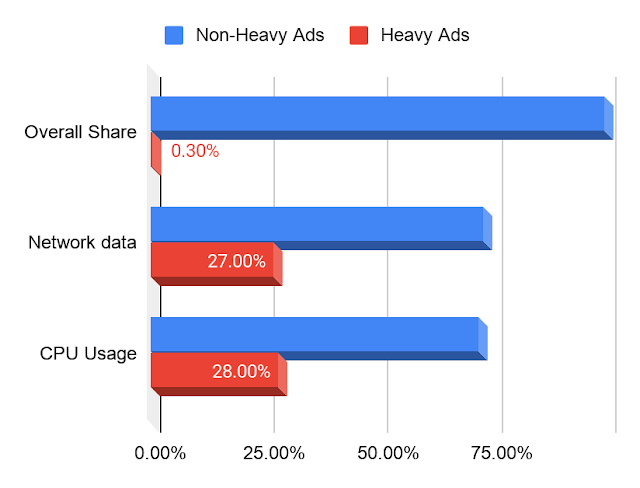Google wants to scrub websites of ads that are intense in the use of network and CPU resources starting with a Stable build of Chrome 85, which is scheduled for release on August 25.
The company last week said that Chrome would remove such resource-hogging ads, including ads for unauthorized crypto-mining operations, arguing that only a small number of online ads from all of the web (three-tenths of a percentage point) are disproportionately accounting for major portions of network and CPU consumption.
Those ads that promote unauthorized crypto-mining operations, are poorly programmed, or not optimized for network usage, which can drain PC and mobile device battery life, and saturate networks, which of course cost money.
How Google will scrub resource-heavy ads in Chrome
Chrome was built to be fast and responsive without any harmful or annoying experiences, and lately, the Better Ads Standards have taken steps to address ads that people find offensive. While Google initially implemented Chrome ad-blocking feature on Feb. 15, but it was received with mixed feelings from both the side of web users and advertisers, as merely serving to forestall users from turning to third party ad-blockers.
The Coalition for Better Ads standards have identified several ad types that CBA-released research claimed are the most annoying of all online advertisements. And Chrome 85 will squash a mix of ads from over a dozen originally scrutinized formats running on the Web, Android and iOS devices.
Chrome will set the thresholds to 4MB of network data or 15 seconds CPU usage in a 30-second period 60 seconds of total CPU usage, which only 0.3% of ads exceed this threshold today, and accounts for 27% of network data used by ads; 28% of all ad CPU usage.
How Chrome fares against other Browsers Ad-blocking
Mozilla's Firefox already blocks crypto-miners by targeting all domains that accommodate such scripts. And it relies on domain blacklist made available by Disconnect.
But it isn't any surprise that Google took a metrics-based route here, since it typically bases its decisions on data collected by Chrome and/or its search engine. Chrome also look-up from a set of ad "fingerprints" from EasyList, the open-source ad-identification-and-removal rules list used by most browser ad blockers, such as Adblock Plus.
The scrub on ads from a website will last for at least 30 days, while review submissions can't be made until 30 days have elapsed. With any failing-grade sites added to a list that Google maintains on its servers.










No comments